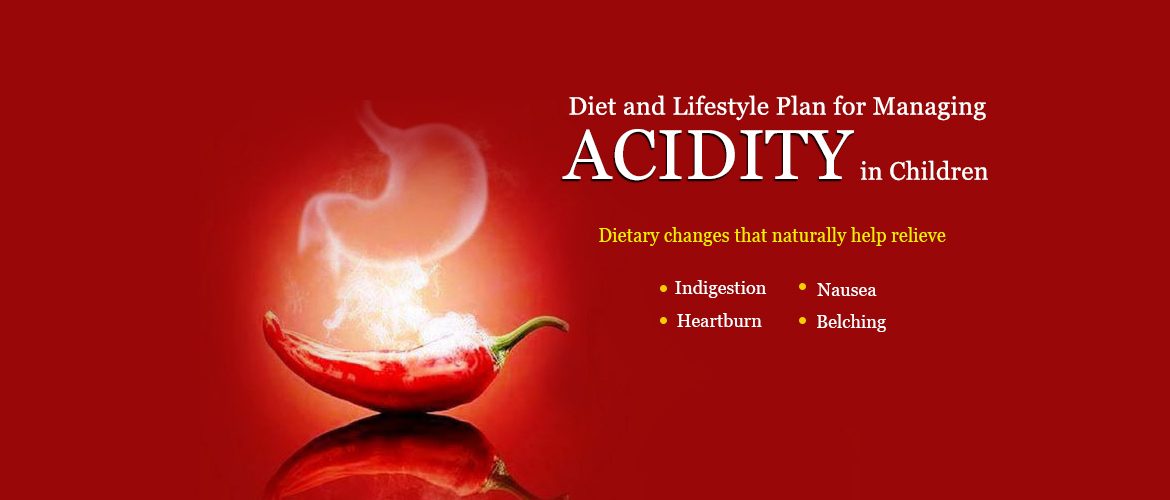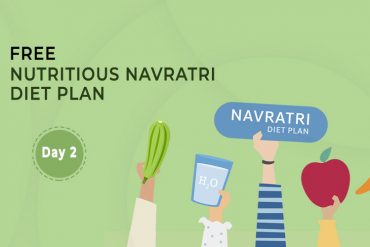There are increasing cases of acidity in children and teenagers being reported these days. This could be due to high academic stress, bad food habits, lack of physical activity or probably a combination of these.
Small changes in diet of children helps prevent or relieve their symptoms from acid reflux, also termed as gastroesophageal reflux (GER) or gastroesophageal reflux disease (GERD). First and foremost, it is important to understand the foods or drinks that make his or her symptoms worse. There is no standard rule regarding these that would apply to all individuals. This would help in tackling the root cause of acidity, without any medications.
What causes acid reflux?
Acid reflux occurs when stomach acid backs up into the esophagus — the tube that connects the mouth to the stomach. There is a sphincter muscle at the bottom of this tube that normally keeps acids in the stomach. But if this muscle relaxes too much, the harsh stomach acids can rise and irritate the delicate lining of the esophagus leading to heartburn and other symptoms.
We must also keep in mind that acidity can cause other medical complications in the body. If left untreated these conditions can aggravate with time and would need medical intervention. These can be –
- Pain near the diaphragm
- Breathlessness and constant uneasiness
- Constant coughing (usually goes undetected as being related to acidity)
- Feeling of vomiting or nausea
- Ulcers in the food pipe and the stomach
- Erosion of dental enamel leading to cavities (sounds unusual but is true)
Also, medicines prescribed to treat acidity and other related conditions would only harm the body in the long run. They can never be the cure but only subside the symptoms. Long lasting benefits can be achieved only through changes in the food intake.
Dietary changes that can help reduce the child or teen’s symptoms include
- Decreasing intake of fatty foods
- Cut down on spices of all forms
- Eating small, frequent meals instead of three large meals. This is what we refer to as baby food pattern.
- Not keeping the stomach completely empty or stuffing it to a point where the food gets a chance to move upward along with the acid instead of moving downwards.
- First thing in the morning, eat something that is light and acid neutralizing. Best options are banana, apple, roasted chana daal, puffed amaranth, coconut water, nuts and soaked almonds etc. Do not make the mistake of loading the system with heavy proteins like milk as this can aggravate the symptoms and start the chain reaction.
Foods to be avoided in acidity
Certain foods, because of their inherent properties, are known to cause acidity. Eating or drinking the following items may worsen the condition.
- Chocolate
- Coffee
- Any carbonated, fizzy drinks
- Peppermint
- Greasy or spicy foods
- Tomatoes and tomato products
- Chili of any kind (ground as well as fresh) in food
- Citrus fruits and their juices (lemon juice as well)
- Acidic foods like pickles, vinegar, ketchup
- Pineapple
- Black dal
- Indian punjabi kadhi
- Curd (Buttermilk is recommended)
- All maida preparations including naans, kulchas
- Butter (Ghee is fine)
- High fiber foods like bran biscuits or chapatti with added bran
Outside foods completely off-limit
- Burgers
- Pizzas
- Fries, chips, Pakoras
- Heavy, greasy Indian curries and dals
- Red Pasta
Foods recommended in acidity
- Eating healthy and balanced amounts of different types of foods is good for your child or teen’s overall health.
- Increase the intake of fluids in all forms except fruit juices. Infusions of fennel, tulsi and herbs is very beneficial.
- Focus on home cooked simple foods rather than outside or processed foods.
- Have lots of fruits like apple, banana, watermelon, melon, pomegranate especially the moment you start feeling a reflux. These fruits help it settle down.
- Increase the intake of salads except tomatoes. Cucumber is extremely helpful
- Soaked almonds
- Coconut water/nimbu paani– these may work for some and not for others. So, it is recommended that one tries it for a few days, before making it a routine.
- Neutral foods like sabudana, samak, puffed amaranth, roasted chana etc. that help absorb the acids in the stomach.
- Soaked sabja seeds
Once the acidity levels are in control, one can add small quantities of foods not recommended, one by one, to understand if your body is ready to accept them.
DCN Tip
Regular use of antacids is harmful to the body and can lead to chronic B12 deficiency.




